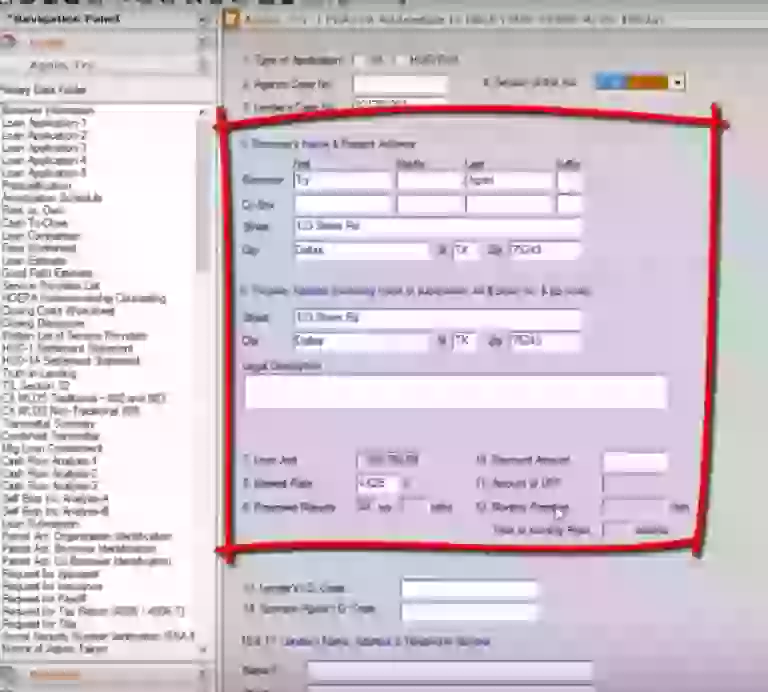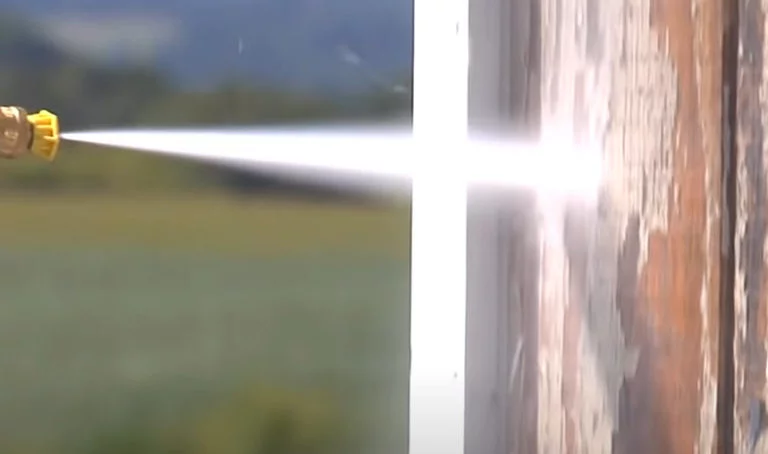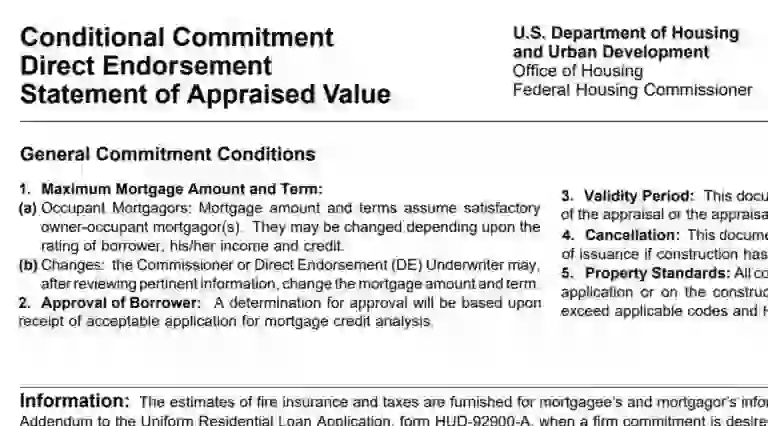FHA Mortgage Insurance
FHA Mortgage Insurance
One of the benefits of current mortgage lending guidelines is the ability to buy a home with much less than a 20% down payment: this is made possible by mortgage insurance.
The FHA loan program allows FHA-approved lenders to make loans with more flexible minimum requirements, including down payments as low as 3.5%. Because the mortgage insurance is backed by the U.S. government to protect lenders against losses from defaults, FHA mortgage insurance lenders can take more risks to help first-time homebuyers qualify for home loans.
We’ll explain what FHA mortgage insurance is, as well as some pros and cons and comparisons to other types of mortgage insurance in this article.
What is mortgage insurance?
Protection for lenders. Mortgage insurance is not the same as homeowners insurance, which protects you against losses such as fire or theft — mortgage insurance only protects lenders in the event that you default on your mortgage. It also allows you to buy a home with less than a 20% down payment, a fact that many homebuyers don’t realize.
More than half the consumers who consider buying a home don’t think they can come up with enough money for a down payment, according to a 2017 study by the Urban Institute. The good news is once they begin doing a little research, they find they can buy a home with as little as 3% for conventional loans, or 3.5% for FHA loans, because of mortgage insurance.
An added cost for borrowers. The cost of mortgage insurance varies based on the type of loan you apply for. With conventional loans, the cost is usually 0.15% to 1.95% of your loan amount, paid monthly. FHA loans require an upfront mortgage insurance premium (UFMIP) of 1.75%, and a monthly mortgage insurance premium (MIP) that ranges from .45% to 1.05% of your loan amount, paid monthly.
Mortgage insurance adds an extra expense to your monthly payment, and depending on what type of loan you are taking out, it may or may not be cancellable. There are two types of FHA mortgage insurance, and we’ll explain those next.
What is FHA mortgage insurance?
When you take out an FHA loan, there are two types of mortgage insurance that you’ll need to pay. One is called the upfront mortgage insurance premium (UFMIP) and the other is the annual mortgage insurance premium (MIP).
The UFMIP is paid in a lump sum equal to 1.75% of your loan amount. It can be paid out of your pocket or by the seller, but is usually financed on top of your loan amount. Below is an example of how it would be charged.
If you borrow $200,000 at a 3.75% rate and add the cost of upfront mortgage insurance to your loan, your total loan amount will be $203,500. That’s important to understand, because it means your monthly payment will be slightly higher for as long as you have your loan.
Let’s look at how that impacts your monthly payment as well. Without the cost of mortgage insurance, your monthly payment would be $926.63 — with it, you’d add $15.81 to your monthly bill, bringing the payment $942.44. You can use this FHA mortgage calculator to figure out how much your mortgage insurance will be.
You can get a refund on a portion of the premium if you refinance to another FHA loan within seven years of taking out your mortgage, but you’ll have to pay a new premium to complete the refinance. This takes some of the pain out of being charged the UFMIP everytime you refinance to a new FHA loan.
The other type of mortgage insurance required on an FHA loan is called the mortgage insurance premium (MIP). The MIP is an annual charge, but is paid monthly as part of your total mortgage payment; the exact amount depends on your down payment.
To calculate the MIP on the example above with a minimum 3.5% down payment, you would multiply the $203,500 loan amount by a factor of 0.85% and divide it by 12. The result is $144.14 per month added to the $942.43, for a total principal interest, and mortgage insurance payment of $1086.59.
The chart below shows the current MIP rates based on loan term, loan amount and down payment.
| FHA MIP Chart for Loans Greater Than 15 Years | ||
|---|---|---|
| BEST LOAN AMOUNT | LTV | ANNUAL MIP |
| <=$625,500 | <=95.00% | 0.80% |
| <=$625,500 | >95.00% | 0.85% |
| >$625,500 | <=95.00% | 1.00% |
| >$625,500 | >95.00% | 1.05% |
| FHA MIP Chart for Loans Less Than or Equal to 15 Years | ||
|---|---|---|
| BEST LOAN AMOUNT | LTV | ANNUAL MIP |
| <=$625,500 | <=90.00% | 0.45% |
| <=$625,500 | >90.00% | 0.70% |
| >$625,500 | <=78.00% | 0.45% |
| >$625,500 | 78.01% – 90.00% | 0.70% |
| >$625,500 | >90.00% | 0.95% |
Source: FHA Handbook
What are the advantages of FHA mortgage insurance?
Gives lenders the flexibility to accept lower down payments. The extra insurance you pay gives the FHA an insurance policy against defaults, and allows them to absorb the extra risk of their flexible approval guidelines.
Easier to qualify for a home loan. Most borrowers apply for FHA loans to take advantage of the easier qualifying requirements. Minimum requirements for an FHA loan include a score of 580 for a 3.5% down payment, and a debt-to-income ratio of 43% that can be exceeded in some cases. (Your debt-to-income ratio is a measure of how much total debt you have compared to your pre-tax income.)
Credit score won’t influence insurance cost. Regardless of whether your credit scores are 780 or 580, the mortgage insurance premiums remain the same. This means a much lower payment than a comparable loan with mortgage insurance on a conventional loan, which we will explain later.
What are the disadvantages of FHA mortgage insurance?
Adds to the cost of the monthly payment. FHA mortgages cost more in total mortgage insurance expenses than any other type of low down payment loan. The upfront premium and the monthly MIP can add significantly to the total amount you pay over 30 years.
In the example provided for the $200,000 FHA loan above, adding the 1.75% UFMIP to your loan amount increases your payment by $15.81 per month. That may not seem like much, but over the 360 months you make payments on a 30-year loan, that’s an extra $5,691.60.
You’ll see the evidence of this when you look at the APR on an FHA loan versus your note rate. The APR is an expression of the total cost of a loan over its lifetime, and because you can’t avoid the monthly mortgage insurance premium if you make a minimum down payment, the cost over the life of the loan can be substantial.
You can’t get rid of it — even if you build up significant equity. The other big disadvantage of MIP and financed UFMIP is you pay it for as long as you have your loan if you make a minimum down payment, regardless of how much equity you have down the road. As we noted above, FHA mortgage insurance is required no matter how much down payment you make, making it very expensive compared to a conventional mortgage that doesn’t require any mortgage insurance if you can come up with 20% or more.
Conventional mortgage insurance is called private mortgage insurance (PMI) and can be canceled if you have enough equity in your home. The lender might require an appraisal to confirm the value increase, but it is money well spent if you end up getting rid of the extra amount PMI adds to your monthly mortgage payment.
How does FHA mortgage insurance differ from conventional PMI?
There are three key differences between FHA mortgage insurance and PMI:
- Conventional loans require PMI if you have less than 20% equity in your home.
- Conventional loans only require one type of mortgage insurance (PMI), while FHA loans require two types in the form of UFMIP and MIP.
- PMI is very much influenced by credit scores and down payment amount, and by other factors like the number of people borrowing, the type of property being purchased, and the city or county where the property is being purchased.
The graphic below shows the major differences between FHA and conventional mortgage insurance options.

3 ways to eliminate MIP
There is no way to avoid paying the UFMIP or MIP on an FHA loan, regardless of how much money you have to put down. There are really three ways to completely eliminate MIP on your current FHA loan:
- refinance to a conventional mortgage
- completely pay your loan off
- make a 10% down payment and wait 11 years
1. Refinance to a conventional mortgage to remove MIP
If you have built up 20% equity in your home, or have the funds to pay your loan balance down to 80% of the value of your home, refinancing to an FHA loan will eliminate MIP. Check your credit score before you go down this path just in case the appraisal shows you don’t have enough equity to avoid private mortgage insurance.
The premiums on PMI for conventional loans are heavily impacted by credit score, and if your scores are 680 or lower, you may want to get a cost quote from a loan officer before you spend the money on an appraisal for a conventional mortgage. Conventional mortgage rates also tend to run slightly higher than FHA mortgage rates, so be sure you do a cost comparison of the rates for each type of refinance.
The chart below shows the impact your credit score have on PMI vs FHA MIP for the same $200,000 loan option we reference earlier.
| PMI Costs on Conventional Loan vs. FHA Loan | |||
|---|---|---|---|
| FICO Score | Monthly PMI | FHA Monthly MIP | FHA upfront MIP |
| 740 | $96.67 | $144.14 | $3,500 |
| 720 | $116.67 | $144.14 | $3,500 |
| 700 | $131.67 | $144.14 | $3,500 |
| 680 | $163.33 | $144.14 | $3,500 |
| 660 | $205 | $144.14 | $3,500 |
2. Pay your loan off
If you have the means to completely pay your mortgage off, you can eliminate MIP. Obviously you have to evaluate the pros and cons of using your resources to pay your mortgage off. If you’ve come into a large windfall of cash, it’s best to consult with a financial advisor to determine whether paying off your home loan balance is the best decision for you.
3. Make a 10% down payment and wait 11 years
Although this option doesn’t eliminate MIP, it does give you a countdown to a date when it will automatically drop off. If you have the resources to make a down 10% or higher down payment, MIP will be canceled after 11 years.
Final thoughts about FHA mortgage insurance
If you have credit scores below 680, and need some extra flexibility to get approved, FHA may be your best bet to get home loan financing. You won’t be penalized for a lower credit score with MIP, and you can always refinance your loan to conventional financing down the road if your credit score improves.
Pay your credit on time, and consider working with a credit repair company if you want to improve your scores to the point where conventional PMI will save you money.
The information in this article is accurate as of the date of publishing.

I am David, economist, originally from Britain, and studied in Germany and Canada. I am now living in the United States. I have a house in Ontario, but I actually never go. I wrote some books about sovereign debt, and mortgage loans. I am currently retired and dedicate most of my time to fishing. There were many topics in personal finances that have currently changed and other that I have never published before. So now in Business Finance, I found the opportunity to do so. Please let me know in the comments section which are your thoughts. Thank you and have a happy reading.



